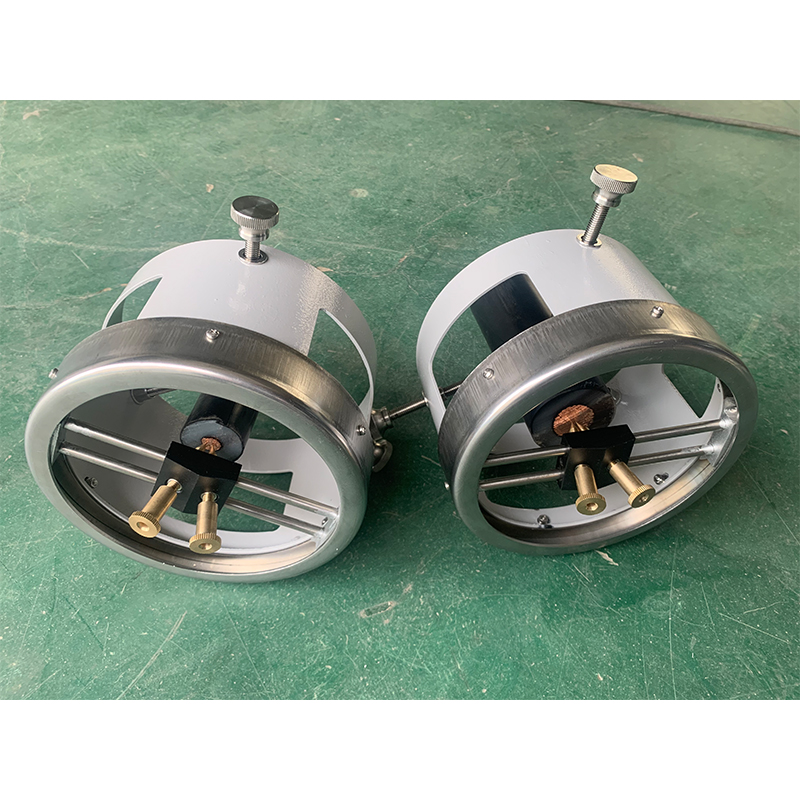Testing Chamber for Cable Smoke Density Evaluation in Manufacturing Facilities
Understanding Cable Smoke Density Test Chambers and Their Importance in Safety Standards
In the realm of electrical engineering and fire safety, the significance of cable smoke density test chambers cannot be overstated. These specialized environments are designed to measure the smoke emission characteristics of various types of cables when subjected to fire conditions. With the increasing complexity of electrical systems and the materials used in cables, understanding the smoke density generated during combustion has become crucial for safety assessments and compliance with international standards.
The Need for Smoke Density Testing
Cables are ubiquitous in modern infrastructure, powering everything from residential homes to industrial facilities. However, in the event of a fire, the smoke produced by burning cables can contribute significantly to the danger posed to occupants and firefighters. Dense smoke can impede visibility, cause respiratory issues, and complicate evacuation efforts. Due to these factors, regulatory bodies have established stringent standards that require the evaluation of smoke density in cable materials, emphasizing the need for reliable testing facilities.
Functionality of Test Chambers
Cable smoke density test chambers are engineered to provide controlled conditions that simulate fire scenarios. These chambers are equipped with mechanisms to monitor and measure various parameters, such as smoke density, temperature, and air flow. Typically, a sample cable is ignited within the chamber, and advanced sensors collect data on the quantity and characteristics of the smoke produced during combustion. The results are crucial in determining compliance with regulations set forth by organizations such as the National Fire Protection Association (NFPA) and Underwriters Laboratories (UL).
cable smoke density test chamber factory

The testing procedure often follows standardized methods such as the ASTM E662, which focuses on measuring the specific optical density of smoke. This involves analyzing the amount of light obstructed by the smoke compared to a control sample. The data gathered is invaluable, offering insights into the performance of the cable materials under fire conditions, which can then inform manufacturers, engineers, and safety professionals.
Choosing a Reliable Manufacturer
When selecting a cable smoke density test chamber, it is vital to consider the reputation and capabilities of the manufacturer. A reliable factory should produce equipment that adheres to international testing standards and incorporates cutting-edge technology for accurate and repeatable results. Key features to look for include automated data collection systems, user-friendly interfaces, and robust construction to withstand repeated use.
Furthermore, additional certifications or compliance with ISO standards can serve as indicators of the quality and reliability of the test chamber. Manufacturers that offer comprehensive customer support, including training and maintenance services, can greatly enhance the overall testing experience.
Conclusion
In conclusion, cable smoke density test chambers play a pivotal role in ensuring the safety of electrical systems and protecting lives in case of fire. As regulations become more stringent and awareness of fire safety grows, the importance of accurate smoke density testing will only increase. By investing in high-quality testing equipment from reputable manufacturers, the industry can make significant strides toward enhancing fire safety standards and ultimately safeguarding public welfare. As we move forward, the collaboration between manufacturers, regulatory bodies, and safety professionals will be essential in shaping a safer and more resilient future.
-
reliable-performance-testing-with-advanced-aging-chamber-solutions
NewsAug.23,2025
-
advancing-precision-with-profile-projector-technology
NewsAug.23,2025
-
uv-led-ultraviolet-crosslinking-technology-innovation-and-prospects
NewsAug.23,2025
-
ensuring-safety-and-compliance
NewsAug.23,2025
-
electrical-properties-testing-in-modern-applications
NewsAug.23,2025
-
universal-tensile-testing-machine-applications-in-modern-electrical-and-material-testing
NewsAug.23,2025
 Copyright © 2025 Hebei Fangyuan Instrument & Equipment Co.,Ltd. All Rights Reserved. Sitemap | Privacy Policy
Copyright © 2025 Hebei Fangyuan Instrument & Equipment Co.,Ltd. All Rights Reserved. Sitemap | Privacy Policy

